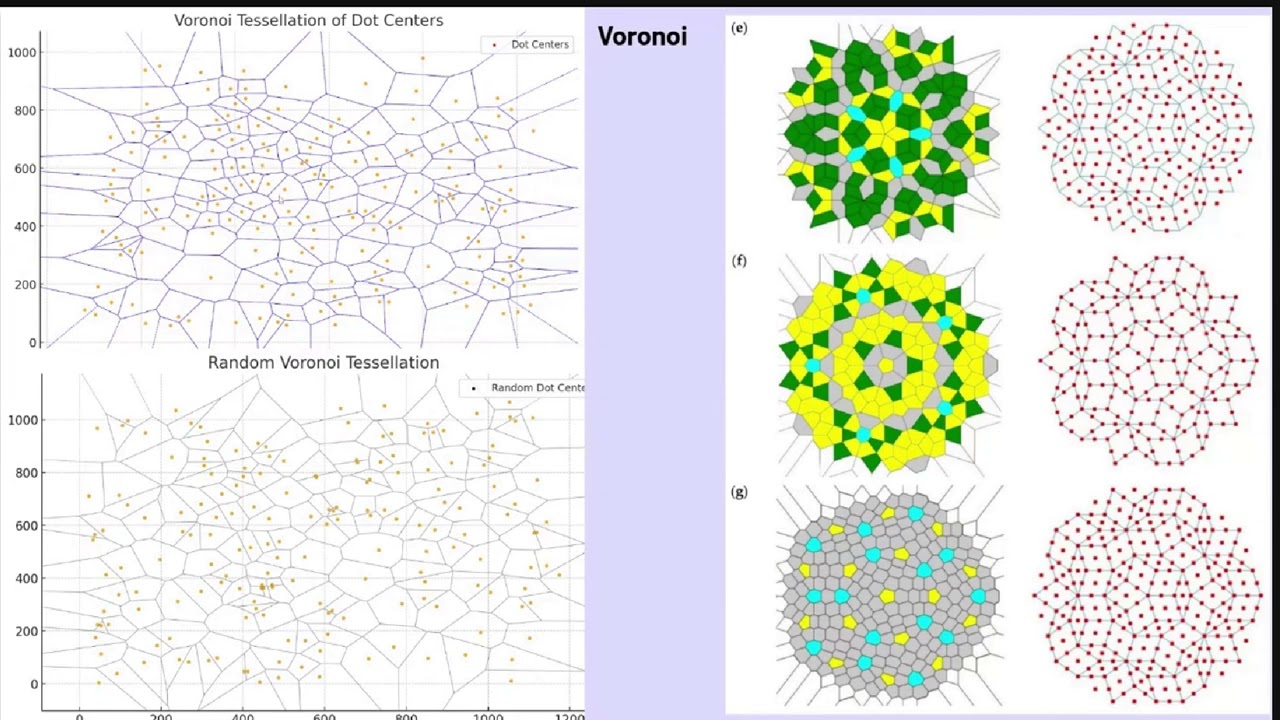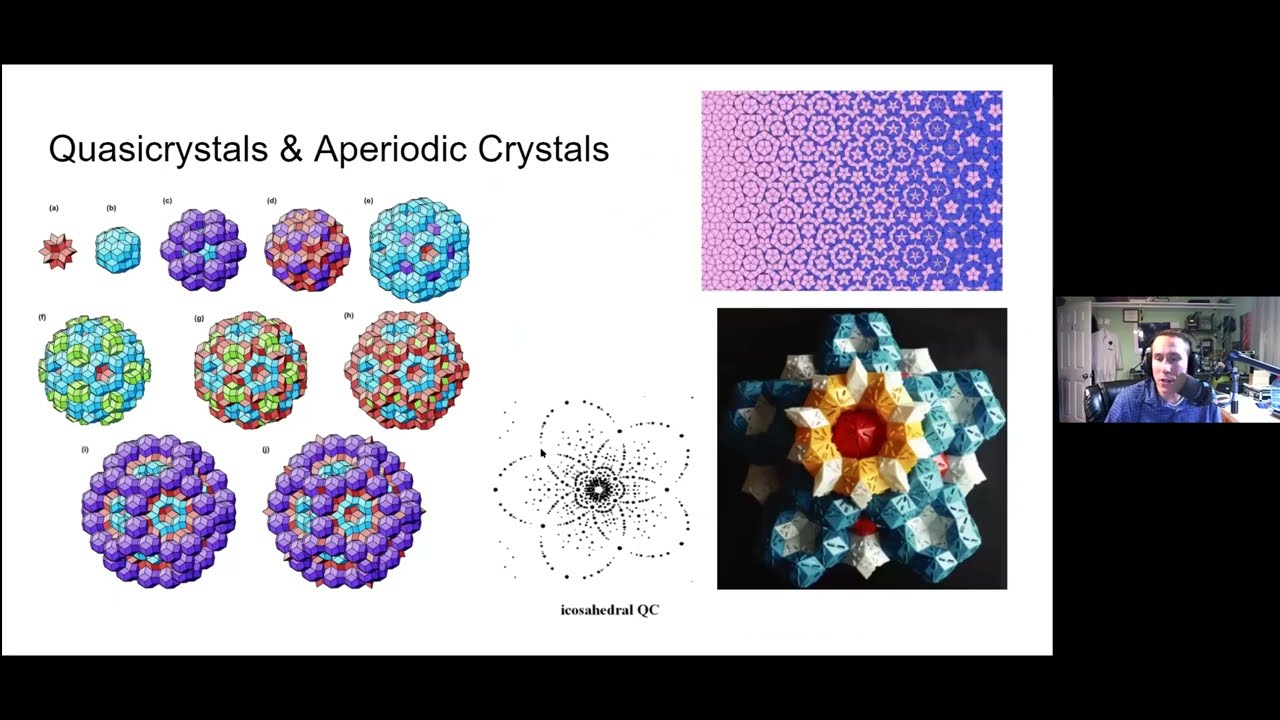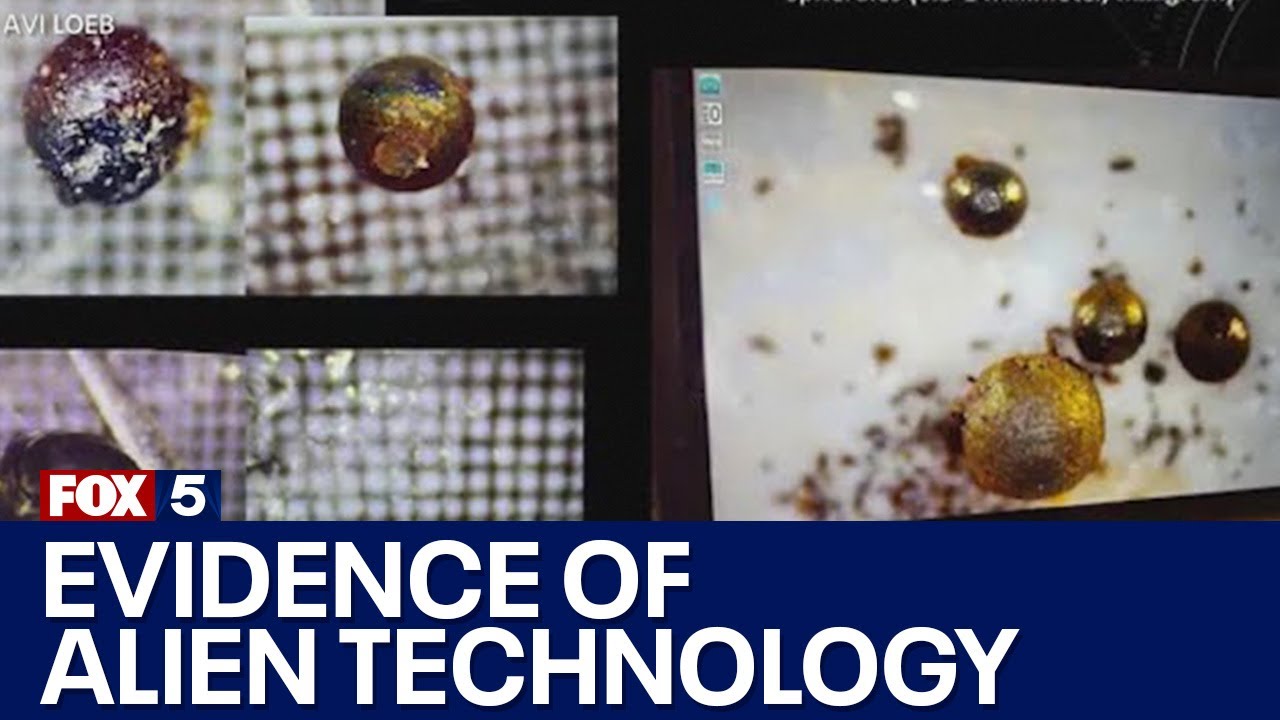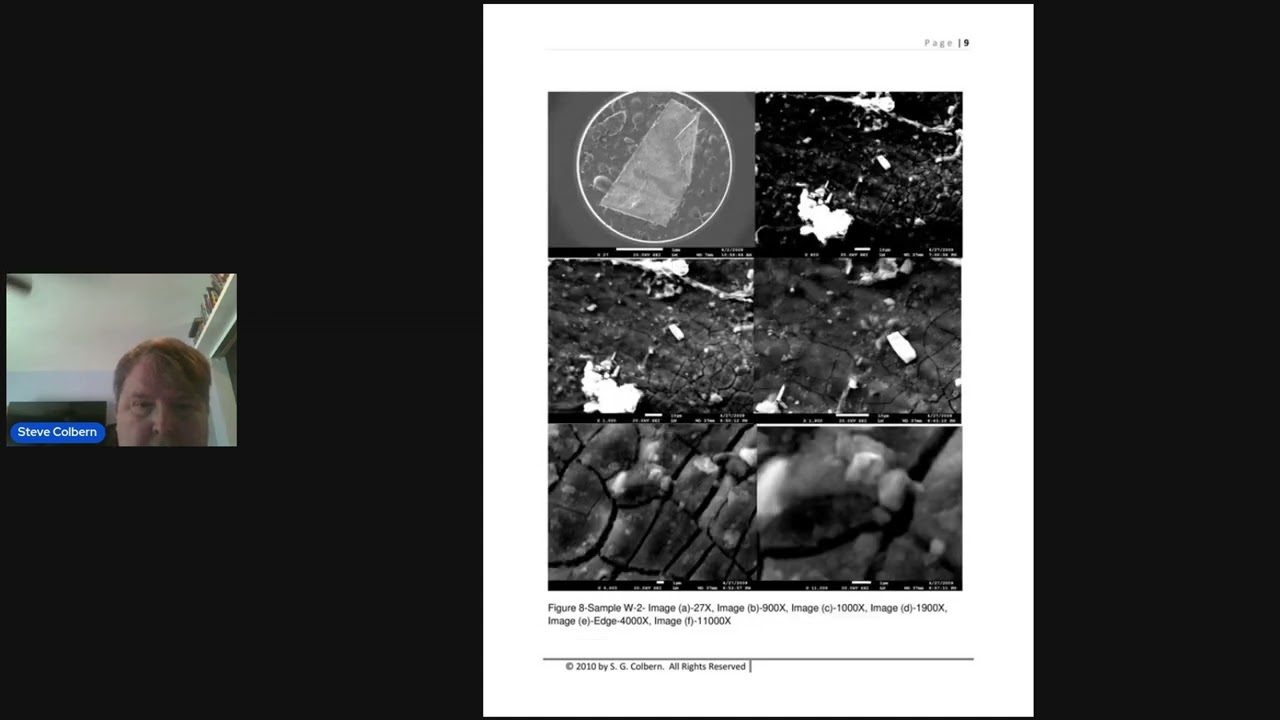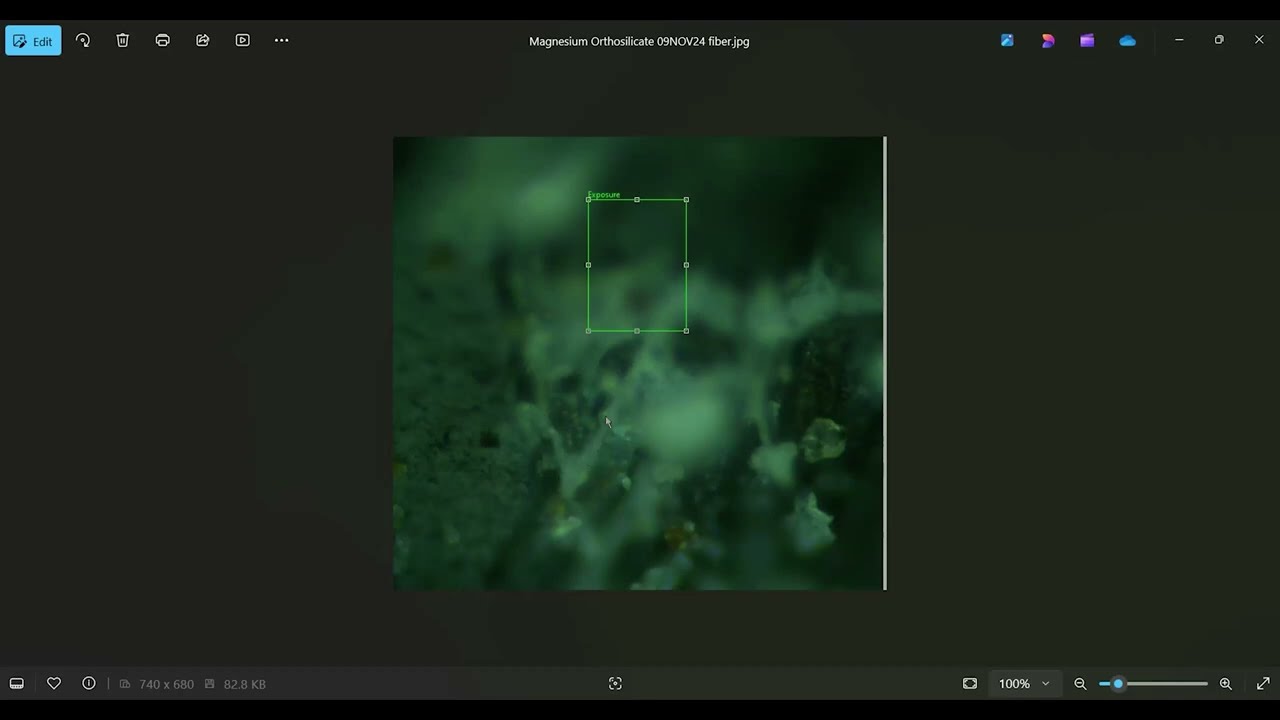Garry Nolan, Ph.D. on The Material Science of UAP
Rachford and Carlota A. Harris Professor in the Department of Pathology at Stanford University School of Medicine and Sol Co-Founder, Garry Nolan, Ph.D., gives a presentation on the material science of UAP, and details a scientific investigation into Unidentified Aerial Phenomena (UAP) materials. Dr. Nolan, alongside collaborators like Jacques Vallée, analyzed various samples using advanced techniques such as atom probe tomography (APT), achieving the first public atomic-level analysis of a UAP material. Initial findings from several cases (Council Bluffs, Ubatuba) point towards incomplete industrial processes as the origin of the unusual materials, showing high purity silicon and other elements in unexpected combinations, rather than evidence of extraterrestrial technology. Nolan also announced the “Starbucks Stardust repository” initiative—a collaborative effort to standardize UAP material analysis and data sharing among scientists to reduce costs and accelerate research. The long-term goal is to create a comprehensive materials repository for future UAP research.
Presented by Nolan Laboratory and the Stanford School of Medicine in November 2023 at Stanford University, at the Sol Foundation Symposium, which convened an unparalleled meeting of leading voices from academia, government and industry to collectively drive forward a new academic legitimacy to UAP. The Sol Foundation is a research institute that funds and guides scientific research. It produces policy and advisory research aimed at addressing the UAP issue and preparing society for its social implications.
The Inevitable Encounter and the Stardust Connection:
The presentation began by acknowledging the unavoidable reality of encountering extraterrestrial life. The speaker emphasized that the crucial question isn’t if we’ll encounter alien life, but how we’ll engage with it. This perspective is grounded in the fundamental understanding that all matter originates from stardust, implying a shared cosmic origin and the potential for universal physical laws. This understanding is key to approaching the analysis of UAP materials.
Methodology: From Cancer Research to UAP Analysis:
The speaker highlighted the surprising parallels between analyzing UAP materials and cancer research. Both fields require meticulous methodologies, focusing on understanding the components and their interactions at a fundamental level. This approach, combined with the rigorous evidence-based methods employed in scientific investigations, is crucial for drawing accurate conclusions.
A Legacy of Innovation: Stanford’s Contribution:
The presentation highlighted the significant role of Stanford University and Silicon Valley in fostering scientific innovation. The speaker traced a lineage of groundbreaking discoveries, including Joshua Lederberg’s work in exobiology and the Viking project, and the Herzenbergs’ invention of the fluorescence-activated cell sorter (FACS), which revolutionized immunology and related fields. Stanford’s unique patenting scheme, balancing access and protection, further fueled this innovation. The speaker’s own work, conducted in Len’s lab, and Vernon Oi’s invention of humanized antibodies were also mentioned as examples of this legacy.
The Council Bluffs Case: A Detailed Analysis:
A significant portion of the presentation focused on a specific case study – the analysis of UAP material from Council Bluffs. The speaker described the event, including eyewitness accounts, police involvement, and the discovery of a large pool of cooling metal. Initial investigations ruled out hoaxes, thermite reactions, meteors, and space debris.
The analysis, conducted using advanced techniques like atom probe tomography (APT), revealed a non-industrial steel composition. The 3D analysis, after removing the prevalent iron, showed a unique material structure. This research, published last year with Larry Lemke and Jacques Vallée, marked the first public study of UAP material at the atomic level.
The Ubatuba Material: Unexpected Isotopic Deviations:
The presentation also delved into the analysis of the Ubatuba material (from the 1950s). Initial claims of pure magnesium proved incorrect. High-precision mass spectrometry revealed unexpected isotopic deviations in some samples, suggesting potential applications in nuclear technology, medicine, or catalysis. One sample, however, matched natural composition. Further analysis revealed that a magnesium sample was almost entirely pure silicon – a highly unusual finding, given the rarity of such high-purity silicon in nature.
The “Starbucks Stardust Repository”: A Collaborative Initiative:
Recognizing the high cost of UAP material analysis, the speaker announced the creation of the “Starbucks Stardust Repository,” a collaborative initiative modeled after Avi Loeb’s work. This repository aims to standardize testing procedures, share materials among scientists, and reduce costs through shared resources. A federation of scientists is being formed to facilitate this collaboration. The San Jose service center deep vetting alone cost $40,000, highlighting the need for shared resources. All data will be publicly available after a 1-2 year period to allow for publications and to encourage further contributions from those with proprietary information.
Conclusion: A New Era of UAP Research:
This presentation showcased a significant shift in the study of UAP materials. The application of rigorous scientific methods, advanced analytical techniques, and collaborative initiatives is paving the way for a deeper understanding of these enigmatic objects. The establishment of the Starbucks Stardust repository represents a crucial step towards unlocking the secrets of UAPs and potentially revolutionizing our understanding of the universe. The future of UAP research looks bright, promising further discoveries and a more comprehensive understanding of the phenomena.
Register For UFORev
Want to see more great UFO Reverse Engineering stories? Sign up for our mailing list to get exclusive access to captivating presentations, engaging events, and more!
RECENT POSTS
Art’s Parts Sample May Contain Quasicrystals
April 7, 2025
Space Age Materials for UFO Reverse Engineering
April 7, 2025
Harvard Physicist May Have Found Alien Technology
April 7, 2025
San Augustin: UFO Crash Recovery Sample Analysis
April 6, 2025
Art’s Parts: Metallurgical Microscope Analysis
April 6, 2025
